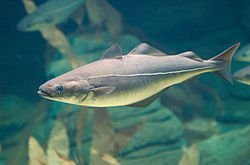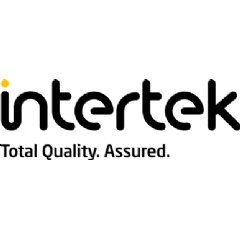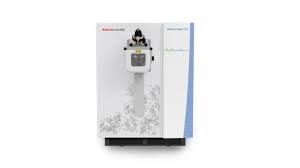Wednesday, 12 November 2025
Rising inflation pushes alternative fish species into focus, NSC research finds
New research from the Norwegian Seafood Council shows growing interest in alternative whitefish species, showcasing opportunities for species such as saithe According to research from the Norwegian Seafood Council (NSC),…

New research from the Norwegian Seafood Council shows growing interest in alternative whitefish species, showcasing opportunities for species such as saithe
According to research from the Norwegian Seafood Council (NSC), as many as 47 per cent of consumers cite expense as the reason they choose not to eat seafood regularly. Among those who do eat fish often, there is a noticeable shift to alternative whitefish species as they take cost into consideration.
As consumers continue to feel the bite of rising inflation, recent figures confirm that cod consumption has decreased. According to Kantar, in the UK, cod consumption in the home has decreased by as much as 18 per cent in recent years.
With Consumption Research Norway (SIFO) findings revealing the price increase for food was twice that of other goods over the past three years, the noticeable fall of cod seems to be an indication of consumers’ conscious financial decisions when it comes to shopping for seafood. The whitefish category, however, could still be a viable option for price-oriented consumers.
Alternative species such as saithe offer versatility in terms of preparation and serving, and saithe’s price point makes it a viable choice for everyday consumption.
Protein-rich food more important than ever
While price is increasingly relevant in consumer purchasing decisions around seafood, the demand for protein-rich food is ever-growing, with Gen Z consumers leading the way.
According to new insights from McKinsey+, Gen Z consumers are more likely to buy healthy, lower-calorie foods, high-quality fresh products and foods that are higher in protein. This drive to maximise protein intake paves the way for saithe and seafood to cater to the demand from this younger segment of consumers.
Compared with other whitefish species such as cod and Alaska pollock, saithe boasts a slightly higher protein content, as well as other important nutrients.
| Species | Calories | Carbs | Fatty acids | Protein |
| Cod, raw | 79 kcal | 0 g | 1,0 g | 17,4 g |
| Saithe, raw | 85 kcal | 0 g | 1,3 g | 18,3 g |
| Alaska pollock, raw | 72 kcal | 0 g | 0,7 g | 16,4 g |
Data from matvaretabellen.no
With the increased price of seafood and a growing necessity to explore alternative species, saithe could offer a smart alternative for those seeking healthy proteins. These shifting patterns of consumption offer opportunities for saithe to find its way onto more dinner tables as shoppers seek out versatile options at different price points.
Opportunities for saithe
This relative of the cod family also stands out as a sustainably sourced choice thanks to its healthy Barents Sea stocks, reflected in its generous fishing quota. Currently, the most-caught whitefish in Norwegian waters, saithe, is considered a choice for seafood consumers looking to reduce their impact on the environment.
With almost 85 per cent of consumers saying they have experienced first-hand the disruptive impacts of climate change and 46 per cent++ revealing they are buying more sustainable products as a result, it’s clear the pull towards sustainably sourced foods is here to stay.
According to Bjørn-Erik Stabell, head of strategy and sustainability at the NSC: “Research-based knowledge and advice are crucial for sustainable seafood management. Through this approach, the Norwegian seafood industry must always ensure sustainable practices. Choosing saithe from healthy fish stocks is therefore a good way of exploring new and under-utilised species.”
Technology
MENU ORDER AI to launch app aimed at GLP-1 users and health-conscious diners
Nov 10, 2025 | Company News
Harnessing Quantum AI for Greener Minds and Healthier Futures
Nov 10, 2025 | Interaction
Intertek acquires Costa Rican testing business Suplilab
Nov 07, 2025 | Company News
Food Testing
Intertek acquires Costa Rican testing business Suplilab
Nov 07, 2025 | Company News
Thermo Fisher Scientific launches Orbitrap mass detector for food safety testing
Oct 24, 2025 | Company News
ADM advances quality capabilities with opening of new Central Milling Laboratory
Oct 16, 2025 | Company News
More Popular
HEINEKEN opens new brewery in Brazil
Nov 12, 2025 | Beverages
Remilk and Gad Dairies introduce The New Milk in Israel
Nov 12, 2025 | Beverages
Ochre Spirits closes seed round led by Ah! Ventures to build next-gen beverage house
Nov 12, 2025 | Beverages





